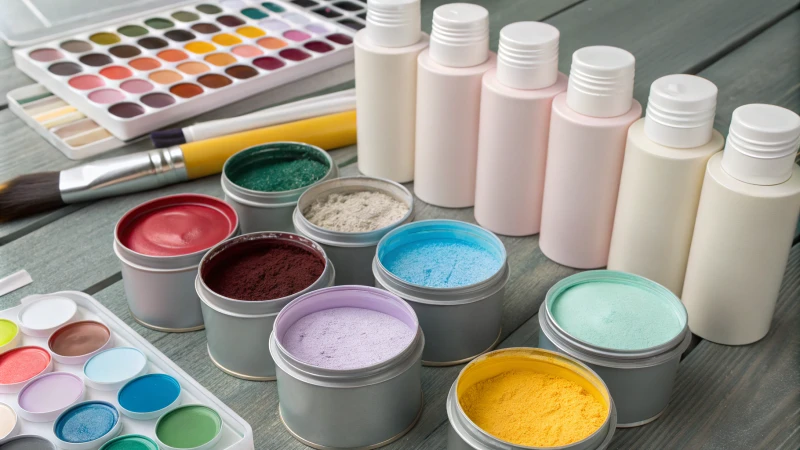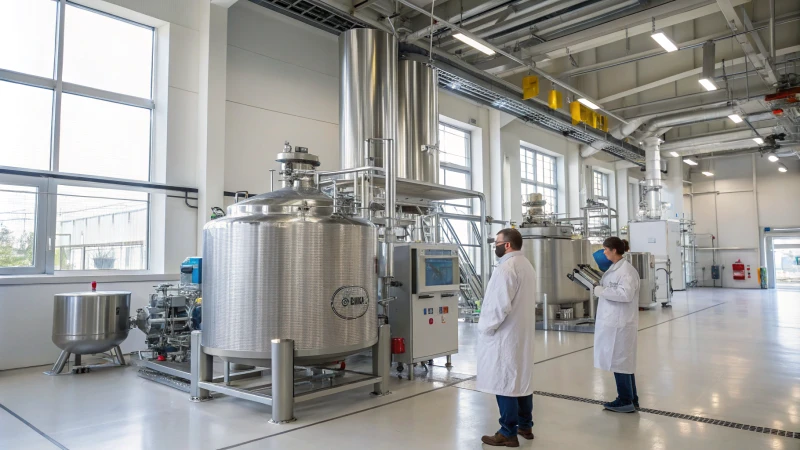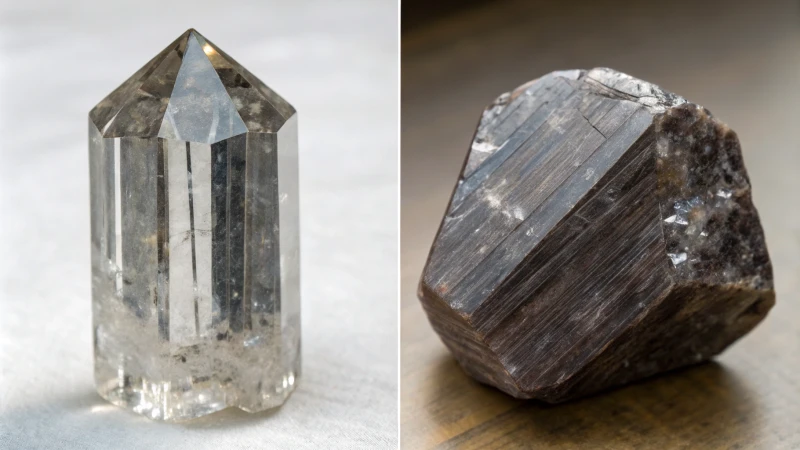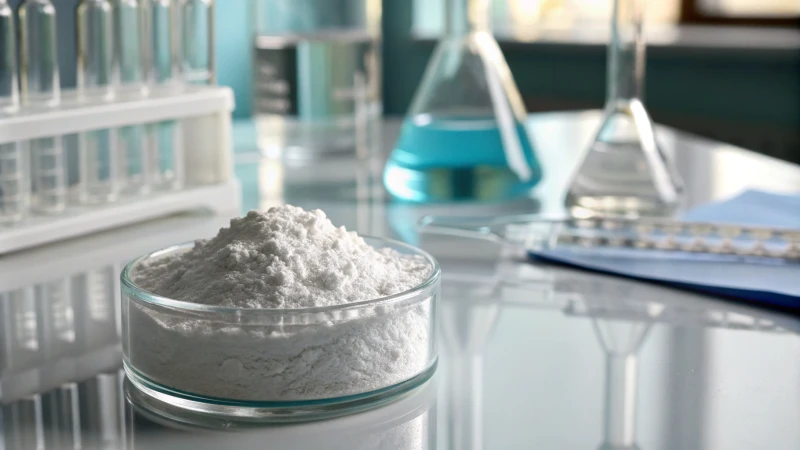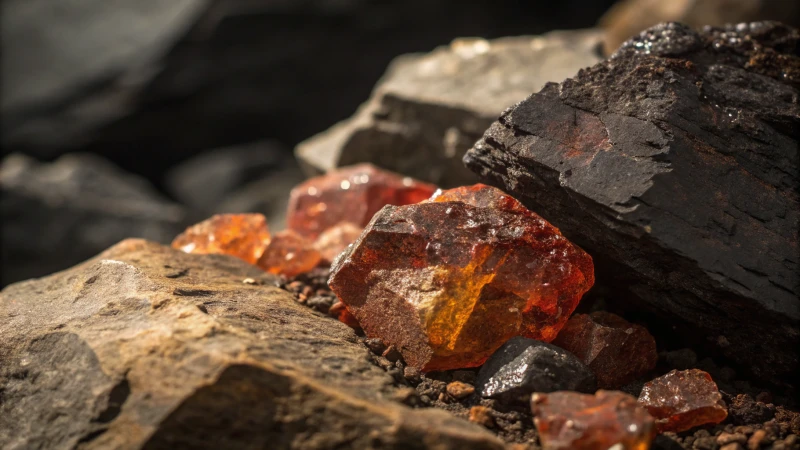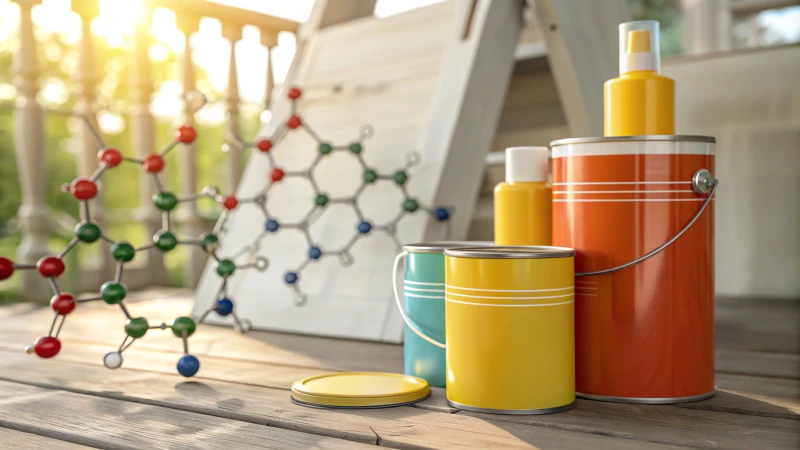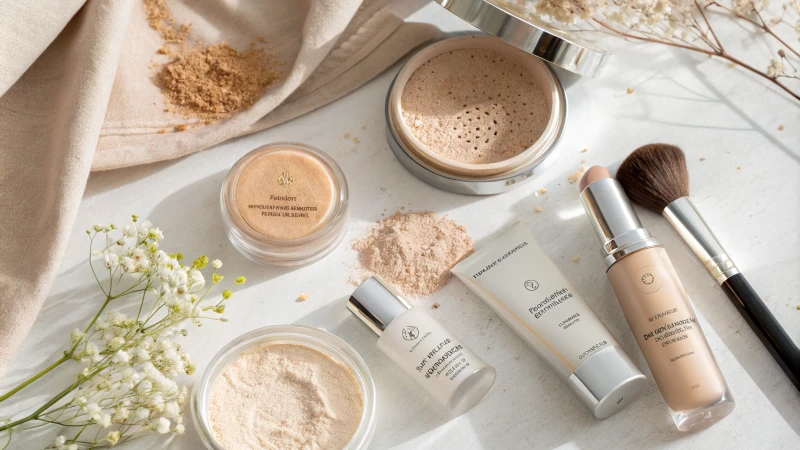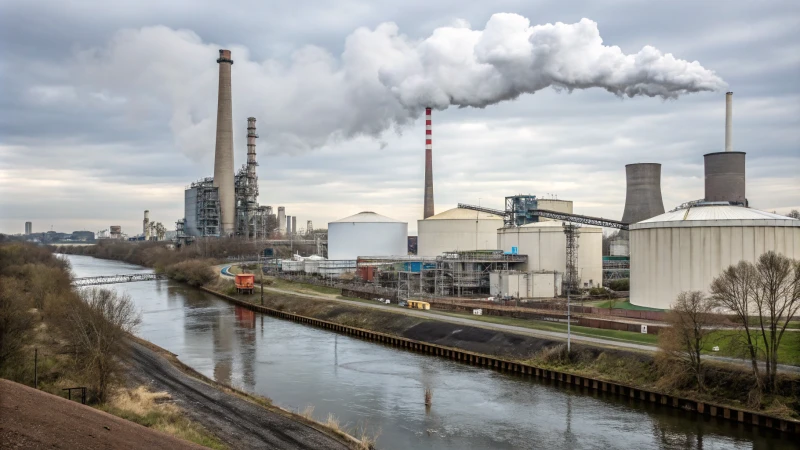
Uncategorized
Titanium dioxide (TiO2) is banned as a food additive in Europe due to health concerns related to inhalation of its nanoparticles, which may cause respiratory issues and inflammation. While still used in cosmetics, the ban reflects growing safety awareness and regulatory caution.
December 4, 2024
No Comments

